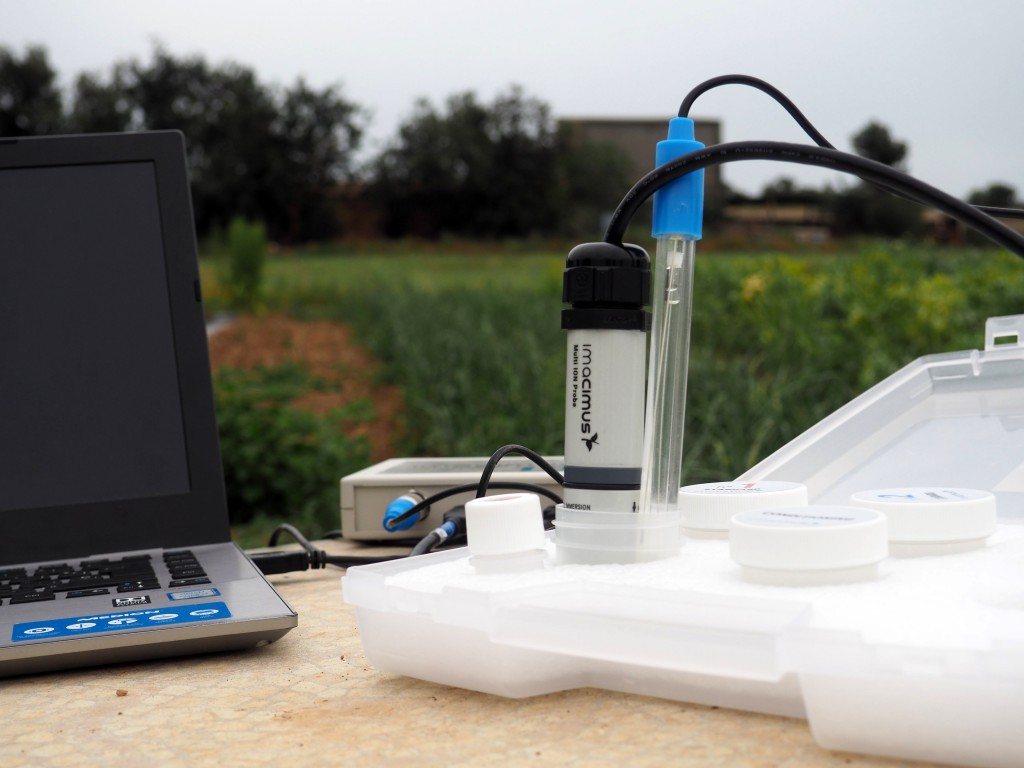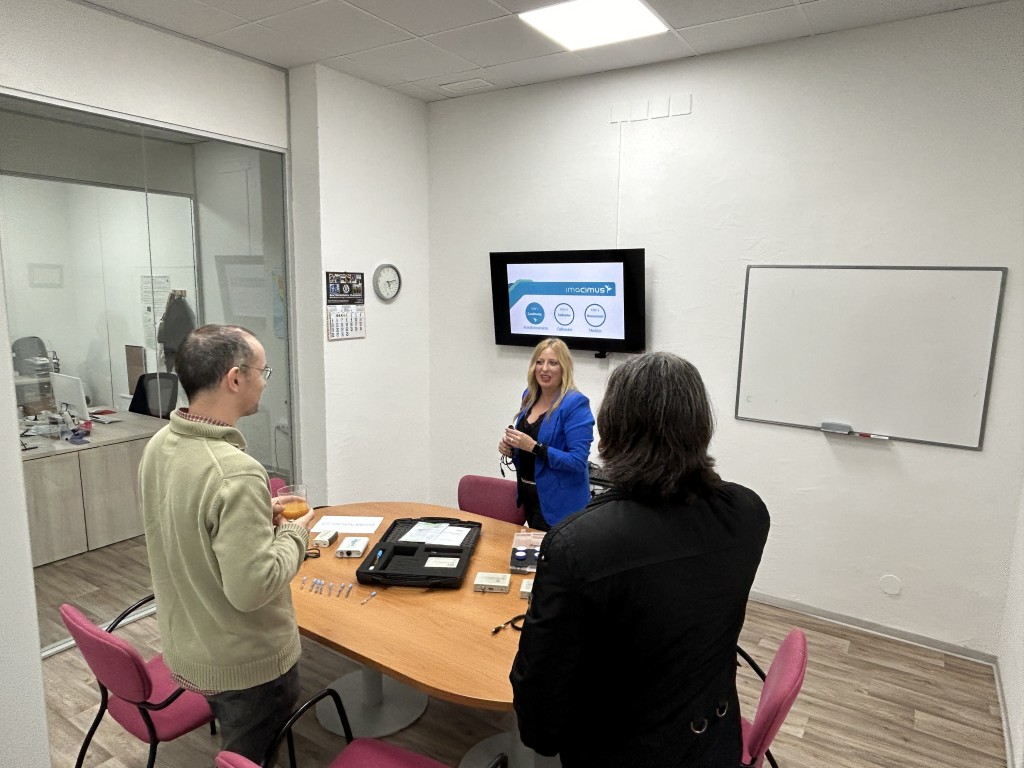02/04/2024
NT Sensors, from the URV to the five continents
Now in its 15th year and with branches all over the world, this spin-off company, currently focuses on automatic instruments for measuring nitrate concentration

Now in its 15th year and with branches all over the world, this spin-off company, currently focuses on automatic instruments for measuring nitrate concentration
Founded 15 years ago as a spin-off from the Universitat Rovira i Virgili, the company NT Sensors is now a major force in the world water analysis market. It exports most of its products, mainly to Europe but also to North and South America (United States, Canada, Chile, Brazil, Ecuador, etc.) and to countries such as Australia and Indonesia. “We are proud to export URV technology from Tarragona to other countries all over the world”, says Cristina Cid, director general of the company and one of the co-founders.
The latest innovation is the development of automatic instruments that measure in real time the concentration of nitrates in the soil in various agricultural contexts. This advance allows farmers to make fine adjustments to nitrogen fertilisation and optimise irrigation, thus reducing the risk of pollution. “Nitrogen-vulnerable areas require agriculture to be efficiently managed so that nitrate emissions into the environment can be controlled and reduced. In this regard, the technologies for monitoring and measuring nitrates are essential if the environmental impact is to be evaluated and managed”, says Cristina Cid. In addition, legislation sets strict criteria for delimiting vulnerable areas and definint the measures to be taken to reduce pollution. This makes it highly advantageous to have automatic equipment for the precise measurement of nitrates.
Optimising irrigation and reducing contamination
In addition to real-time nitrate sensors, the new automatic equipment includes smart irrigation systems that optimise water and fertiliser use, ensure that nutrients are efficiently distributed and minimise nitrate losses through runoff or percolation. This apparatus is used as part of environmental monitoring stations, designed for the continuous monitoring of water quality. With integrated nitrate sensors, they can detect and quantify nitrate concentrations in rivers, streams and aquifers, facilitating decision-making in the field of water resource management and environmental protection.
According to Cristina Cid, the aim of the company “is to provide innovative and reliable technologies that comply with the quality and precision standards of Spanish and European regulations and are adapted to the specific needs of farmers and environmental managers”. “It’s all about contributing to the sustainable management of nitrogen and the preservation of natural resources”, she says.

Since it was founded 15 years ago as a spin-off of the URV, NT Sensors has been a pioneer in the fast and cheap analysis of water quality and monitoring ion parameters in all types of liquid samples. The main tool is nanotechnology, which has been adopted in more than 50 countries around the world. NT Sensors’ regular customers come from the world of agriculture, water treatment plants, industrial processes and research centres. In total, the company has fourteen different models of sensors on the market. Currently, the company is focusing on consolidating the commercial plan so that the technology can be taken to everywhere it is needed.
The president of the Board of Directors is the emeritus professor of the URV’s Department of Analytical Chemistry and Organic Chemistry, Xavier Rius. He is satisfied that a company set up by the URV has not only consolidated, but has become an international benchmark, which proves that the university’s talent and projects have a viable future, and can give something back to society. “Its success can be a lesson to us, but you have to remember that it took a lot to get where we are today. It’s not been easy”, he says. As a sign of the company’s growth, the facilities Catllar have just been replaced by more spacious and modern ones in Vila-seca.
